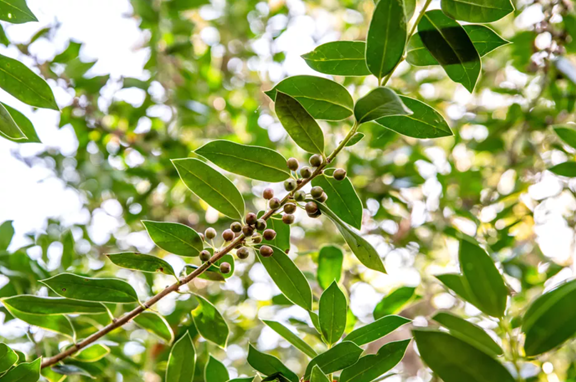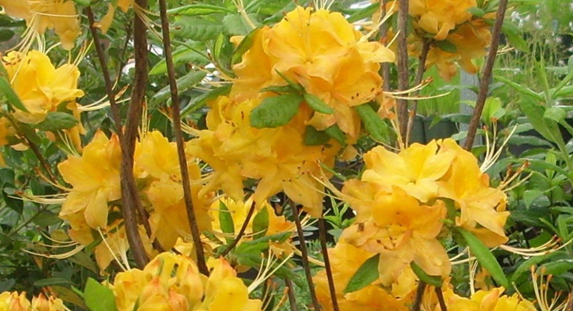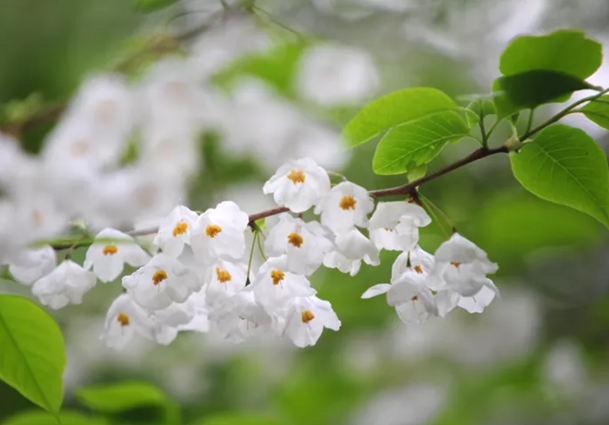February 2022 Shrubs Information
This page will give you detailed information on the plants mentioned in the February Quail Creek Newsletter. It is a follow-on to the plants mentioned in the November newsletter. The references are ones I have pulled from the internet and are ones I have found to be most helpful in the plant description and growing. You can, of course, also do your own lookup and find more information.
Most of these plants can be acquired in some of the big-box stores in our area, there are several garden centers in Baldwin County that carry some of these plants, In Mobile County, you can check with Stokley Garden Express on Government Blvd as well as in Semmes. The one in Semmes is colocated with Stokley Nursery. They are the retail arm of Stokley Nursery which seems to have a really good selection of native plants. I would highly recommend you use Google, Edge, Safari, or your favorite browser to search for garden centers or nurseries in Baldwin and Mobile counties.
I also highly recommend the website https://www.plantsomethingalabama.com/. Enter this website and use the FIND link. Enter your zip code and it will reference all known garden centers and nurseries within a selected radius of the specified zip code. It is not a complete list but does a pretty good job. This website is a part of ALNLA (Alabama Nursery and Landscape Association).
February Plants
The first shrub I would like to mention is the Silver Bell (halesia-carolina). Its range is the southeastern part of the US extending from the panhandle of Florida to Mississippi to South Carolina. The hardiness zone is from 4-9. Interestingly the 2015 National Champion tree is in New Hampshire! This is a great specimen tree with white bell-shaped flowers. It may be trimmed to a low shrub or it may be trained to grow as a tree to perhaps 40 feet in height.
It does require acidic soil and is well-drained with moist conditions. Bees, hummingbirds, and other pollinators are attracted to its flowers which bloom starting in April.

Native to China the Chinese Holly does quite well in the southeast United States. The berries are well-liked by many different kinds of birds. It blooms in the spring with small yellowish-green flowers and displays dark green leaves all year.
It prefers acidic soil that is moist and does best in full sun but will tolerate shade. Can be used as a hedge or trained as a small tree growing to, perhaps, 25 feet tall. It will do well in a container.

- https://www.thespruce.com/bridal-wreath-spirea-growing-tips-3269204
- https://www.thespruce.com/gold-mound-spirea-2132747
One of my favorite shrubs is Bridal Wreath. As a child, I remember well the large Bridal Wreath shrubs in our back yard. In the summer they were a huge mound of white flowers. They are very easy to grow and require full sun and neutral, moist soil. It is a fast-growing shrub with large mounds of cascading white flowers and in the fall the leaves turn yellowish and other hues.
They will form a beautiful shrub about 5-10 ft tall and 10 ft in diameter and make a beautiful hedge. There are many different varieties that will do well here such as Gold Mound and more.

Finally, the last shrubs to be mentioned are the native azaleas. Again, a very beautiful plant in the spring with its many varieties of colors. From gold, red, pink. yellow, white. Some bloom early, some later in the summer. They like light shade, not full sun, moist soil – keep them watered!
Planting them at the edge of your shaded areas gives a stunning burst of color in the spring. They are NOT like most cultivated we see in our yards which are used as foundation or mounding plants. I have found that it may take a couple of years to grow to have a good display of flowers – but certainly well worth the time. They may grow to a height of 8 feet. They do prefer an acidic soil with a pH of about 5.5. Be sure to mulch the plants with 3-4 inches of pine straw or bark. Use a fertilizer of the ratio of about 2-1-1 in the spring. Of all the plants you may grow native azaleas are certainly some of the most stunning.
FYI – of all the plants I have mentioned, it seems like deer enjoy these the most. So I drop some plastic netting over them and that handles the deer problem.
